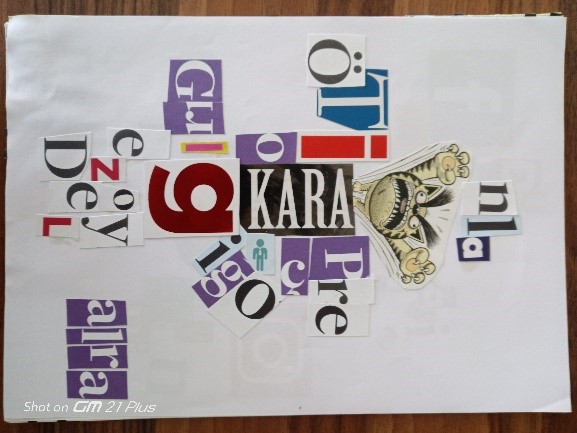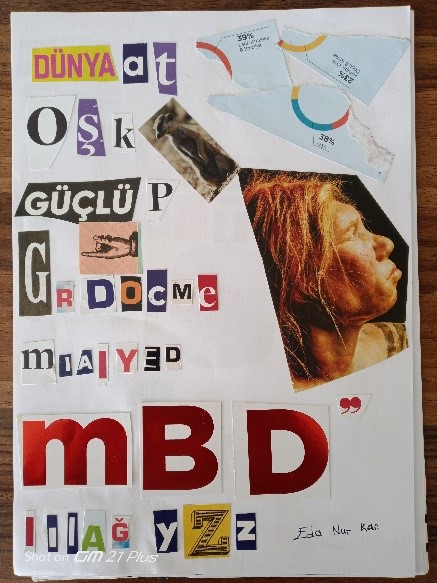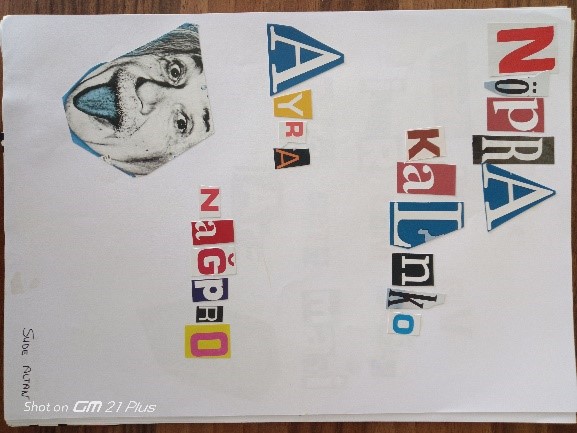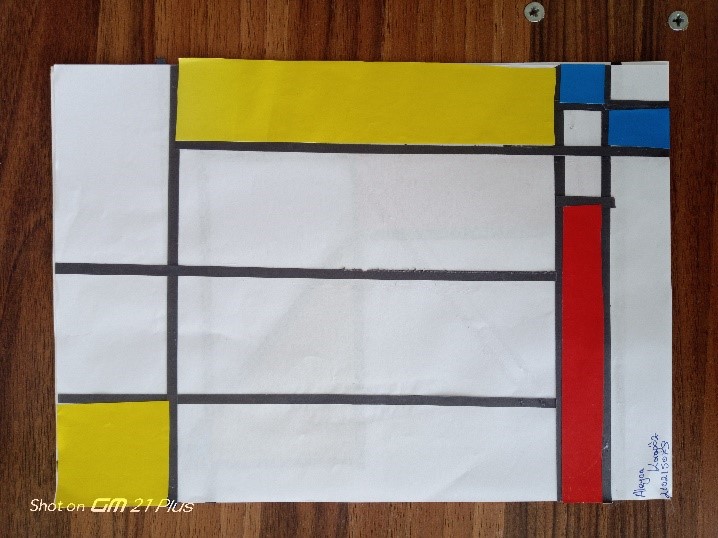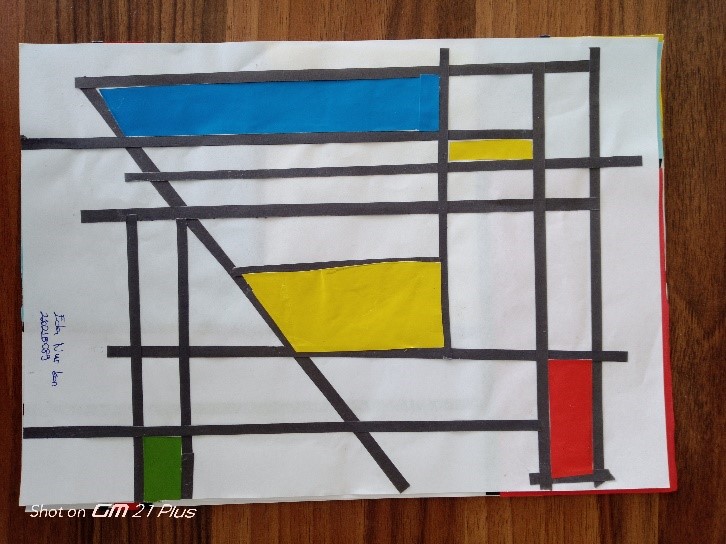Above All Making Knowledge Collective…
The classroom is a collective environment. We are not talking about a mere memory. We can talk about as many different memories as the number of individuals in the class. The learning here is also a collective learning…. The more we diversify this learning in the moment, the more we ensure its permanence. These interactive training and practice experiments in our classrooms diversify and strengthen a shared memory. Therefore, it makes a theoretical lesson permanent in our memory with a physical form, and it also encourages students in the applicability of the acquired knowledge. However, not only the educator but also the student is involved in collective learning. This makes the student think about why and what he is in the classroom for. Realizing that he exists physically and mentally is a reinforcement that increases learning and attention.
We are slowly moving towards 2023. There is no longer an obstacle in front of us like the pandemic last year. We will be in our classrooms. Our in-class activities will become more intense and diversified. We will continue to learn with many activities such as drama, music, literature, experimental art practices...

